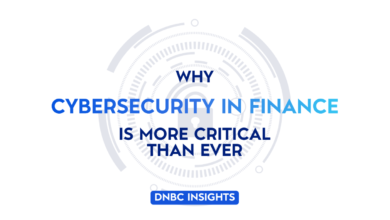The Impact of 5G on the Internet of Things

The advent of 5G technology is poised to significantly reshape the landscape of the Internet of Things (IoT), providing unprecedented speed and connectivity that can enhance the functionality of myriad devices. With its ability to support real-time data exchange, 5G facilitates advanced applications across various sectors, potentially revolutionizing industries from healthcare to transportation. However, the integration of this technology is not without its challenges, particularly concerning security and infrastructure. As we explore these dynamics, it becomes crucial to consider how organizations can navigate the complexities that accompany such transformative potential.
Overview of 5G Technology
5G technology represents a significant leap forward in wireless communication, characterized by its higher data rates, reduced latency, and enhanced connectivity, which collectively promise to transform the landscape of the Internet of Things (IoT).
This advancement in network architecture facilitates unprecedented responsiveness and scalability, allowing devices to communicate seamlessly.
The resulting latency reduction empowers real-time applications, fostering innovation and freedom in interconnected environments.
Enhancements to IoT Devices
The advancements in 5G technology significantly enhance the capabilities of IoT devices, enabling them to operate with greater efficiency, faster data processing, and improved connectivity.
With the integration of smart sensors, these devices benefit from enhanced network reliability, ensuring real-time data transmission and decision-making.
Consequently, this synergy empowers users with increased autonomy and flexibility, fostering innovation across various domains.
Industry Applications of 5G IoT
Transformative applications of IoT powered by advanced connectivity are reshaping industries, driving efficiencies, and unlocking new business models across sectors such as manufacturing, healthcare, and smart cities.
In industrial automation, real-time data enhances productivity, while healthcare innovations enable remote monitoring and telehealth.
Automotive connectivity streamlines traffic management, ultimately fostering smarter cities, where seamless interaction between devices optimizes urban living and resource management.
Challenges and Future Outlook
Numerous challenges must be addressed to fully harness the potential of IoT in a 5G environment, including issues related to security, infrastructure costs, and regulatory frameworks.
Security concerns remain paramount, as interconnected devices present vulnerabilities.
Additionally, regulatory hurdles can stymie innovation and deployment.
For a truly transformative impact, stakeholders must collaboratively navigate these complexities, ensuring a secure and robust IoT ecosystem powered by 5G.
Also read: The Future of Tech: Emerging Trends to Watch
Conclusion
In the ever-evolving landscape of technology, 5G serves as a formidable bridge, connecting the islands of innovation within the vast ocean of the Internet of Things.
This powerful network not only accelerates the flow of information but also nurtures the growth of smart ecosystems across diverse industries.
However, navigating the turbulent waters of security, infrastructure costs, and regulation remains imperative.
Only through collective efforts can the full potential of this digital age be unlocked, paving the way for a smarter future.

